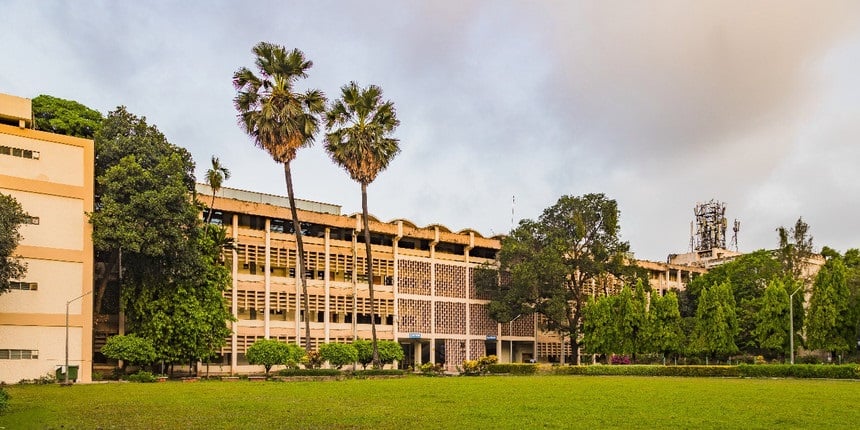IIT Bombay Semicon India 2022 showcases one time programmable memory
Anu Parthiban | May 28, 2022 | 02:51 PM IST | 2 mins read
The minister showcased the 8-inch wafer containing the pioneering one time programmable (OTP) memory translated from IITB Lab to SCL Fab.

NEW DELHI: The Indian Institute of Technology (IIT) Bombay showcased indigenous technology development in the inaugural session of the 'SemiconIndia 2022' Conference that was conducted by the India Semiconductor Mission in collaboration with industries and industry organisations.
Prime Minister Narendra Modi inaugurated the event. The conference's theme this year was "Catalyzing India's Semiconductor Ecosystem."
Also read | Engineering: 60% seats vacant, BTech in regional languages see a slow start
Swaroop Ganguly and Kumar Priyadarshi, Scientist IITB, informed Rajeev Chandrasekhar, Minister of State, Electronics and IT, of the various innovation translations at IIT Bombay. This included indigenously developed agricultural sensors, RF solutions based on GaN and CMOS Technology based non-volatile memory solutions were showcased.
The minister showcased the 8-inch wafer containing the pioneering one time programmable (OTP) memory translated from IITB Lab to SCL Fab for productization.
Discussing future possibilities and applications of this product with the minister, Swaroop Ganguly informed him of the wide range of applications from secure memory to hardware encryption. The applications enable products like secure microprocessors, smart cards for driver’s license, e-passport, secure SIM card etc. These are of critical interest to national security of public, strategic and private infrastructure for data communications/storage and authentication from smart cities to strategic asset management to home IoT systems.
Also read | World Menstrual Hygiene Day 2022: Theme, significance, all you need to know
What is One Time Programmable(OTP) memory?
Researchers at IIT Bombay led by Udayan Ganguly invented a "memory technology" that has the potential to revolutionize the indigenous semiconductor product landscape by providing a secure memory and hardware encryption. “Unlike the ubiquitous Flash memories which are rewritable, some secure memories require that the information once written is never tampered with. The one-time programmable memory (OTP) is written once, stored for a lifetime, and read multiple times,” the institute said.
Also read | ISRO’s Translator: How CSTT builds vernacular glossaries of engineering, scientific terms
How does the technology work?
IIT Bombay in the press release explained that the researchers utilized eight memory cells, each of which could store one "bit" of the corrected value (that is a value of zero or one). Each memory cell is made up of a layer of silicon dioxide that is only a few atomic layers thick. This is deposited uniformly over an 8-inch silicon wafer (the size of a dinner plate) to create millions of nanoscale capacitors.
The pristine silicon dioxide layer is insulating, passing very little current [which is read as a "0" in digital electronics]. The capacitor is blown by nanoscale lightning caused by a low 3.3 volts, resulting in a short circuit and high current [this is a "1"]. Throughout its lifespan, the OTP memory recalls either the "0" or "1" state it was programmed to.
Follow us for the latest education news on colleges and universities, admission, courses, exams, research, education policies, study abroad and more..
To get in touch, write to us at news@careers360.com.